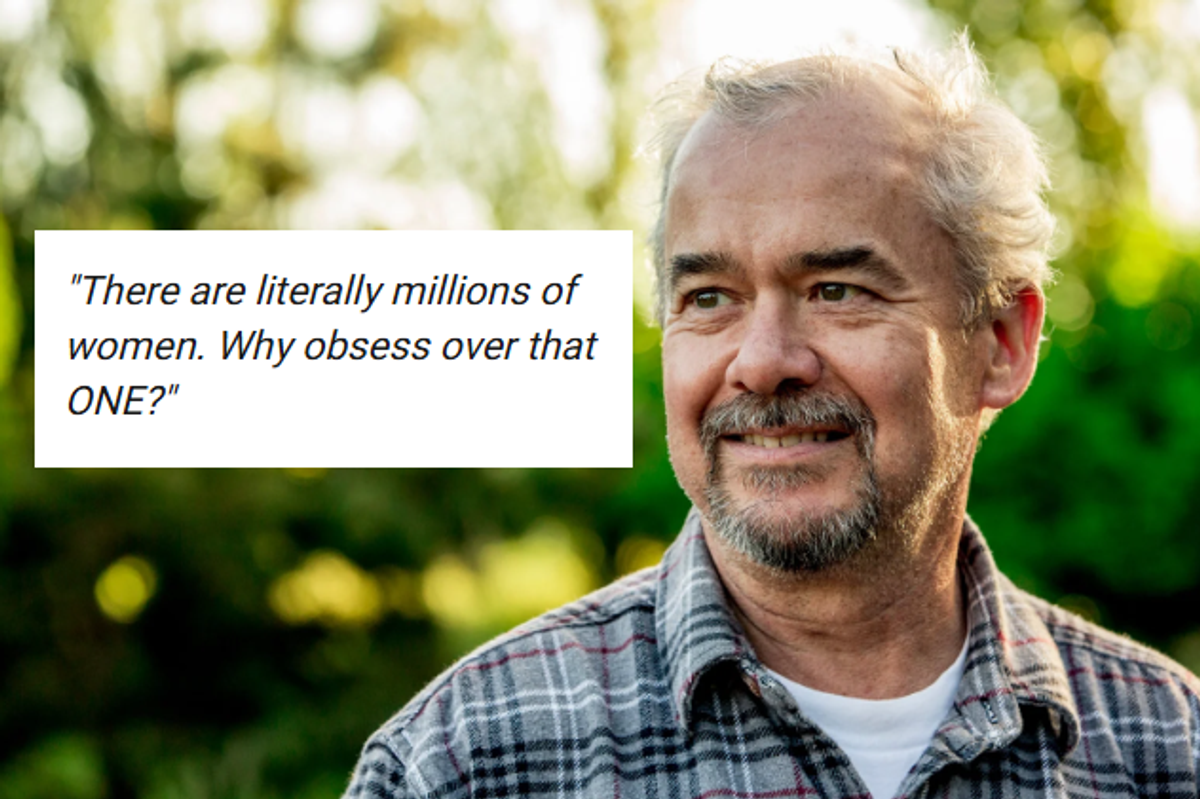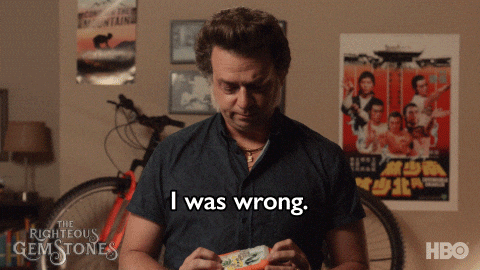Men who are 30 and over share the 15 life lessons younger guys must learn early
"Don't let people treat you poorly. Not your girlfriend, not your buddy, not your family."

A man in his 50s with some good advice.
It’s impossible for anyone who has reached middle age to look back on their early 20s and not believe they squandered some of their precious resources, whether the vitality of their youth or the seemingly infinite time they thought they had on this earth. But you don’t learn to truly appreciate these things until one day, you want to go to bed at 9 pm, and time has sped up so rapidly that you’re having a hard time catching up.
Countless people have tried to tell younger people to appreciate the vitality of their youth, and by making good decisions at a young age, you’ll be much happier when you get older. However, that advice is usually ignored because most people don’t have the foresight to appreciate the wisdom we accumulate with age. It seems that, sadly, most of us have to learn our lessons the hard way.
For young people out there willing to entertain the idea that they don’t know everything, a group of men who are 30 and over on Reddit shared the lessons that “every guy” should learn early on. To sum it up, they believe that young people should understand that time flies fast and they should always have one eye on their future selves. They should also learn that being a good guy is better than being a hothead and that you are not invincible, no matter how powerful you feel. It’s also important to stand up for yourself and have integrity because your character will follow you wherever you go.

Here are 15 lessons men 30 and up think every guy should learn early.
1. Make sure people treat you right
"Don't let people treat you poorly. Not your girlfriend, not your buddy, not your family."
"Absolutely. It's a skill to carry yourself in a way where you are respected. People learn quick who they can talk down on and who not to mess with. If you speak up for yourself, people are more likely to keep their opinions to themselves."
2. You're not young forever (although you may think it)
"You are only young for a period of your life. You are actually 'older' for most of your life so make sure your decisions take that into consideration."
"I didn't feel like an adult until I was 26-28. That's when it really hit me. I feel 26 until I speak to an actual 26-year-old."
"You'll still feel 26 in your 40s and 50s until you try to do physical stuff like you did at that age."
3. Admit your mistakes
"Admit when you make a mistake and learn from it. And don’t try to hide them either. I’ve avoided so much conflict in my adult life by being able to go to someone and say, 'I need you to know I made a mistake, and I’m going to correct it,' or else, 'I messed up, and I need help.' Trying to blame someone else when it was genuinely your fault always causes more problems, and mistakes you try to hide almost always get found out eventually."
"Owning up to your mistakes and finding wisdom in your experiences is about as manly as it gets. Right on, brother."
4. You're not indestructible
"All the little injuries you pile up in your 20s and 30s will haunt you later."
5. Don't waste your time
6. Value kindness
"Be kind, it's its own reward."
"It helps my mental health so much, just letting cars into your queue, saying please and thank you to people who don’t hear it often, talking to elderly people who rarely speak to others etc. Just trying to be a cheerful chill dude makes me very happy, happier than almost any possession I can think of buying."
7. Lift people up
8. Work out
"On a related note, it is a lot easier to not consume 300 calories than it is to burn 300 calories."
9. Save for retirement

10. Be a man of your word
"Your integrity is the only thing that can’t be taken from you."
"If you wouldn't want people knowing you said it/ did it don't say it/do it."
11. Don't wait
"The best way to improve your life is for you to improve your life. If you wait for someone or something to happen, it won't. Work today to improve your life in any way that you feel you need it."
"You're absolutely right and it deserves repeating, IT WILL NOT BE EASY, going to the gym sucks, going to school sucks, studying sucks the list is infinite but there's just no way around it. IT WILL NOT BE EASY, if it was, everyone would be doing it."
"No one is coming to save you. Do it yourself."
12. Plenty of fish in the sea
"There are literally millions of women. Why obsess over that ONE?"
"My advice is instead of worrying about women, work on yourself instead. Work on making yourself the happiest version of you, and then you will naturally find someone. Don't chase anyone or waste any time on anyone that's not interested."

13. Stretch
"Connective tissue health is underrated. Most common training injury."
"Flexibility naturally decreases as you age unless you take steps to maintain it. Improving it is hard. It's also crucial for progressing in many, many exercises."
14. Maintain friendships
"Don't burn bridges with people and try your best to maintain friendships."
"For one reason or another, the buddy list shrinks more and more as time goes on."
"I'm in my forties and have definitely had friends that have fallen off the list, but I continue to make friends along the way. I think it might be that I put serious effort into maintaining old relationships and trying to form new ones."
15. Make friends with women
"Make friends with women; And I don’t mean make friends with to have romantic relationships later… like just be platonic friends. Having someone that you can talk to with a different perspective can be so beneficial."
"Second this. Plus, if you're a good friend to a woman, she's likely to introduce you to her friends and vouch for you, which opens up more opportunities for romantic relationships. or more friends."



